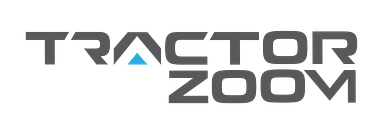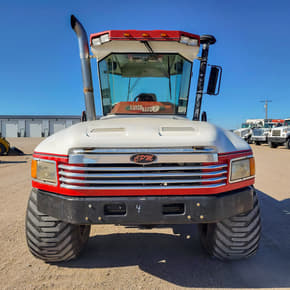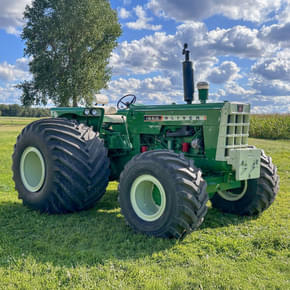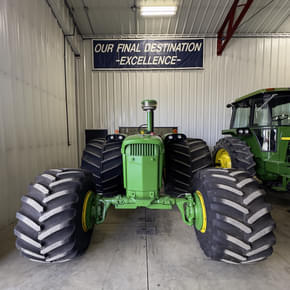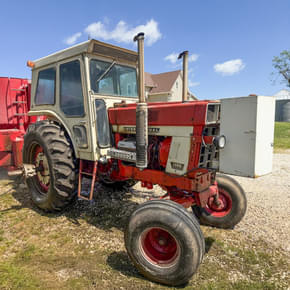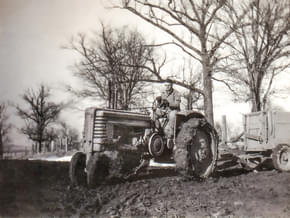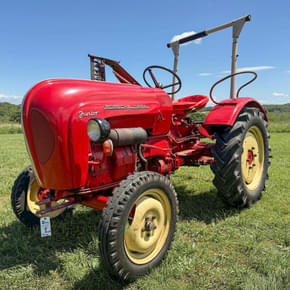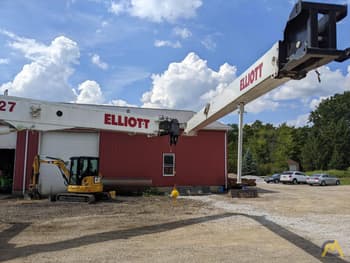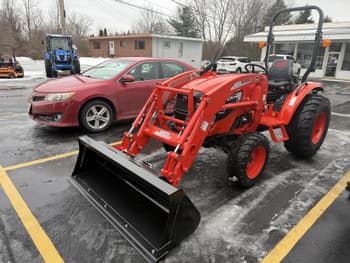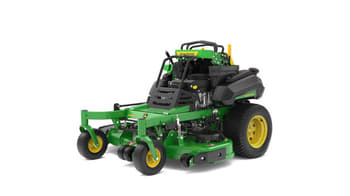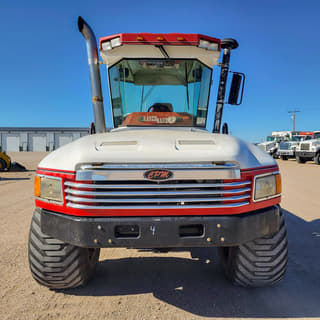In a survey conducted by Tractor Zoom and DTN/Progressive Farmer, 79% of farmers indicated that submitting financial information to secure farm equipment financing was somewhat to very cumbersome. While the process of locating, printing, or completing the right financial documents can be quite painful — and requirements can vary from lender to lender — prepping your information ahead of applying for ag equipment financing can help expedite loan processing and distribution of your funds.
Whether you’re looking to secure a farm equipment loan for a new piece of equipment, trying to figure out how to finance a used tractor, or considering a refinance on your existing equipment, collecting the below information ahead of time is sure to save you time and unnecessary headaches.
1. Detail Your Purchase Information
Information around the equipment you are looking to purchase is integral to the loan process. Your lender will need to know what exactly you’re looking to finance, as well as from where and how much before any application can be started. Once you’ve selected a piece of equipment you’d like to buy, finding and detailing this information should only take a few minutes.
- Equipment information: This includes the make, model, equipment type, year, serial number, and sale price for the equipment you’re looking to purchase.
- Seller information: The name of the business or private party you’re buying from, their contact information, where they are located and what type of seller they are – dealer, auction, or private party.
Quick Tip: If you’re looking to purchase equipment from an auction, be sure to begin the application process ahead of the auction date because most auction payments are due on the day of or within 48-hours of the sale. When it comes to financing auction equipment, some lenders may require a lien search to ensure the equipment is free of debt or other obligations before releasing funds.
2. Document Your Loan Details & Preferences
You know what you want to buy and from whom but how do you want to finance it? Some of this may be at your discretion, so identifying your principal, down payment, or preferred loan terms ahead of the application process can also help speed things up.
- Total loan amount: This includes how much you are planning to finance, including the cost of the equipment, any additional attachments or implements, or sales tax.
- Down payment: The money you plan to put down on the equipment, ahead of financing, to offset the amount of the loan.
- Trade in amount: The value of any equipment you plan to sell or trade in to put down on the equipment, to offset the amount of the loan.
- Term length: Term lengths can vary by lender but typically farmers can choose between 2-7 years to finance their equipment purchase.
- Preferred payment frequency: How frequently would you like to make payments on your farm equipment loan? This can be annually, monthly, quarterly or semi-annually.
- Rate type: Fixed rate loans typically have a higher interest rate over variable interest rate loans. However, fixed rate loans have the advantage of stability so if you’re looking to finance equipment for a longer term length, a fixed rate loan is likely your best option.
- Preferred loan close date: When are you planning to buy the equipment and when will the loan term start.
Quick Tip: When considering your loan terms, it can be helpful to utilize a free, equipment loan calculator to see how your loan payments may fluctuate based on your loan amount, term, or rate type. Going through this exercise may help you pick the loan terms that are best for your operation and finances.
3. Coordinate Applicant & Application Information
Ag equipment financing can be secured as an individual applicant or as a business entity. More information may be required if you’re submitting an application as a business because financial documentation is required to determine a credit decision. Some lenders recommend including at least one individual applicant – even when applying as a business entity – to help expedite a credit decision and disbursement of funds.
- Standard application information: Details like name, address, date of birth, phone number, social security, etc. Some lenders may also require a photocopy of your driver’s license to show proof of residence.
- Gross farm income: The income you earned from your farm operation as shown on your IRS-1040 tax document, line 9 on Schedule F.
- Net non-farm income: The income you made outside of your farming operation, including other salary/wages, investments, rentals, or royalties. This information can also be found on your IRS-1040 tax document.
- Co-applicant information: If applicable, additional standard application information for the individual that will be co-signing on the loan.
- Personal financial statements: Lenders use this to analyze personal cash flow and financial standing when determining eligibility for borrowing and interest rates.
- Personal tax returns: Some lenders may require physical copies of your tax returns to capture your net income. Again, this is to determine financial standing. They may require the most recent tax returns or tax returns for multiple years.
- Business information: If applying for financing as a business entity, you will need to share standard business information like name, contact person, business structure, tax ID number, etc.
- Business bank statements and tax returns: Like personal bank statements and tax returns, lenders use these to review business cash flow and financial stability in order to assess their risk in lending.
- Yearly projections and business plans: Some financial institutions will want to see how your operation is expected to perform in the year(s) ahead. This may include projected acres planted or harvested, upcoming large investments in your operation, or expected income. This business plan should be treated as a “why it’s a smart idea to invest in my operation” report and help remove any concerns a potential lender would have in financing your business.
Quick Tip: While the above list outlines some of the more common details or documents you may need to begin an application for farm equipment financing, it’s important to check with your equipment financing company to confirm exactly what documents they may require (or more importantly, what you don’t need to worry about). Because requirements vary from lender to lender, running this checklist by your banker first will put you on the right track to securing your equipment lease or installment loan in record speed.
Get Seamless Equipment Finance Quotes with Tractor Zoom
If the above process still keeps you up at night, you may consider comparing interest rates and terms on equipment loans from some of the industry’s leading lenders on Tractor Zoom.
Tractor Zoom helps facilitate farm equipment financing with some of the industry’s leading farm equipment lenders – all online. The added ability to locate and secure financing on the equipment you’re looking to buy or value in one place, make for a more streamlined and transparent buying process. Additionally, the benefit of featuring multiple lenders allows equipment buyers to choose the terms, rates, or lender features, like an instant loan decision, that work best for them.
